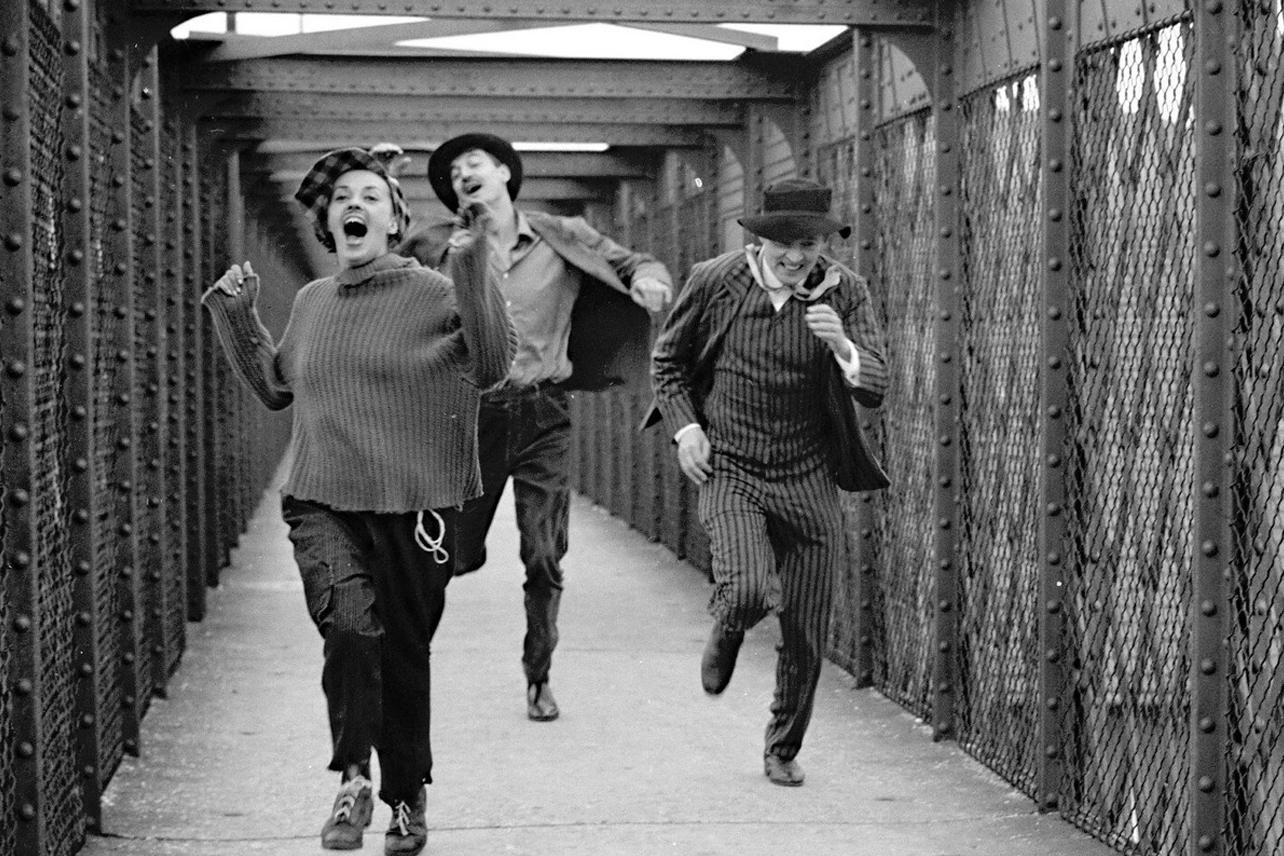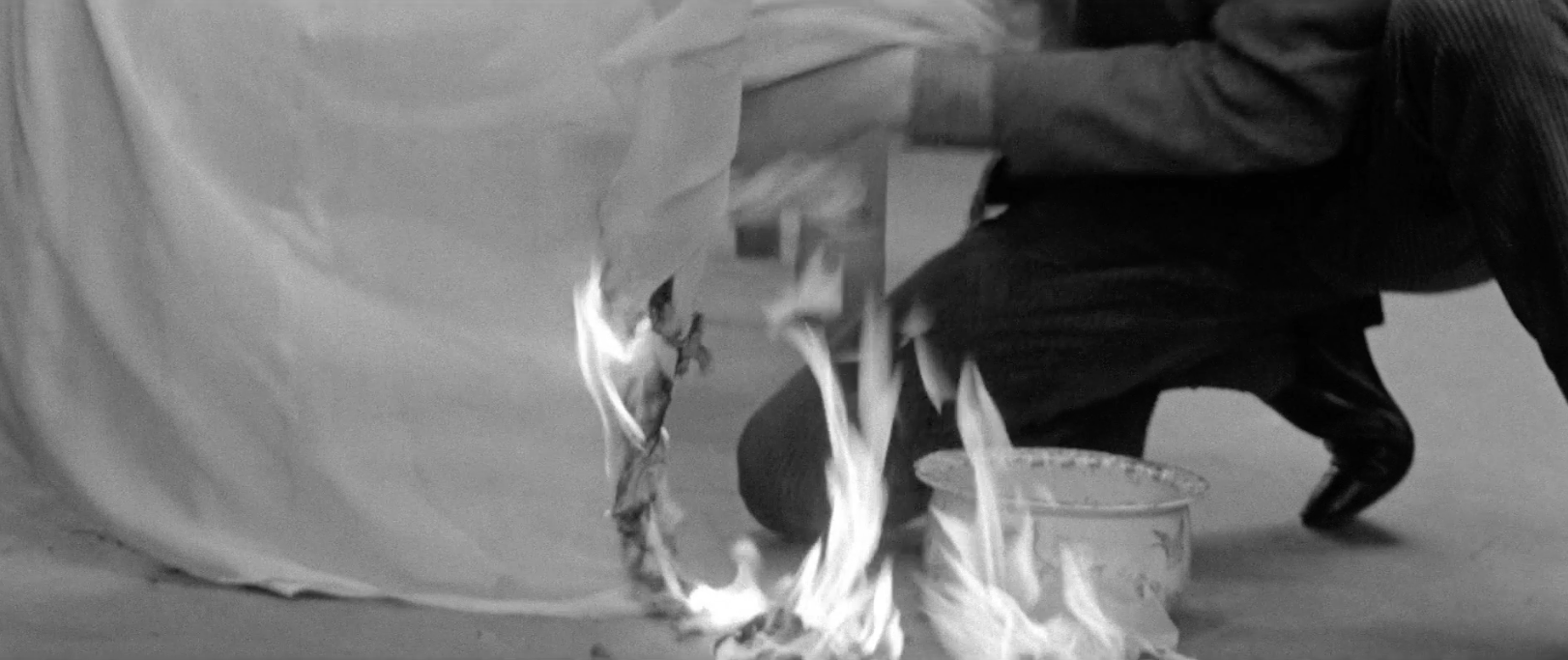How does “Jules and Jim” use rapid montage and handheld cinematography?
La Nouvelle Vague, or the French New Wave, was an unofficial movement in the late 1950s and 1960s that gave us many cinematic innovations we now view as conventions. High on that list are editing and cinematography practices that were revolutionary and original at the time and have since become part of almost every filmmaker’s repertoire. Jump cuts, dolly shots, handheld movement—these inventions were simultaneously artistic experiments and the products of limited resources and changes in camera technology. Godard’s Breathless (1960) is often cited as the height of the New Wave and a definitive moment in cinematic history (the common expression being “There was before Breathless, and there was after Breathless,” referencing the film’s immeasurable impact on the future of filmmaking), but titles Truffaut’s 400 Blows (1959) Jules and Jim (1962) also played a big part in developing the visual tricks and cinematic experimentation that made the movement famous.
A famous example of Truffaut’s cinematography and editing occurs during the Jules and Jim‘s bridge race, wherein Jules (Oskar Werner), Jim (Henri Serre), and Catherine (Jeanne Moreau) race across a bridge. Catherine, shirking her femininity by dressing as a man to see if she could get away with it, exposes her character as a cheater during this race—she takes off before the men start running, and ultimately crosses the finish first. Truffaut’s edit of the scene shows Catherine running while the other two remain still, then cuts to a portion of the way down the bridge. “You cheated,” they say. “Yes, but I won.”

The scene tells us what kind of person Catherine is but also carries thematic weight, as the two men will spend their lives chasing after this woman despite her constant attempts to cheat them. During the race, Truffaut’s camera follows Catherine from the side, using a profile shot that runs along with her and captures the joy and speed with which she ensnares and dominates the two men. She pretends to be a man, and cheats her way through the race, surviving a victory in both efforts and establishing herself as the leader of their little group, a title she will hold in perpetuity. It is a whimsical and free-spirited use of cinematography that forewarns of the film’s less than ideal destination.
Truffaut also uses montage as a narrative device to characterize the film’s players—for example, in the sequence featuring Catherine, Jim and the burning dress. The scene starts with slow, long takes of a deep setting, wherein Jim performs various innocuous activities around the room like moving a bicycle. Catherine picks up a bowl full of letters and gets ready to burn them, stating she intends to “burn lies.” This kicks off a montage of rapid shots during which her dress is accidentally caught in the fire, resulting in over 20 different shots in half a minute’s time. They are captured with a handheld camera, adding to the frenetic energy of the moment, with changing camera angles that augment the frantic mood being conveyed. Before this period, the size, weight and cost of cameras made handheld filming unthinkable, but after New Wave filmmakers like Truffaut and Godard monopolized on the availability of lighter, less expensive cameras, after the 1960s handheld joined our shared dictionary of common cinematic language.
Through the quickly cut montage, the burning dress scene goes from intentionally slow to suddenly exciting and quick, ignoring that, in reality, little has actually occurred. The presentation of the film builds an energy for the viewer that is heightened beyond that of the characters actually experiencing the moment. The stylistic device implies the latent danger of Catherine’s character and the danger of absolute truth, an idea in opposition to her ideal image of life. It predicts the dangerous inner nature of Catherine that we will witness throughout the rest of Jules and Jim.

Narrative montage plays a strong role later when Catherine jumps into the Seine. Rapid cutting is again employed within a short time frame, and once again serves to develop and illustrate Catherine’s fiery, overwhelming, destructive personality.
These two examples are but many within Jules and Jim, a film famous for its impact on the repertoire of nearly every cinematographer who has followed. It is a film in which the camera and composition do as much to further the plot and explain the motivations of the characters as their dialogue and behaviors. This elevation of style and form to a primary role in the storytelling would come to signify the spirit of New Wave films.

